Asteroids Comets and Meteors Worksheet
In this blog post, we will be discussing an engaging and educational resource designed to help students explore the fascinating world of asteroids, comets, and meteors. This worksheet offers an organized format for students to learn about these celestial objects, their characteristics, and their impact on our planet. Whether you are a science teacher searching for a comprehensive lesson tool or a curious learner looking to expand your knowledge, this worksheet provides a valuable entity for understanding the subject.
Table of Images 👆
More Other Worksheets
Kindergarten Worksheet My RoomSpanish Verb Worksheets
Cooking Vocabulary Worksheet
DNA Code Worksheet
Meiosis Worksheet Answer Key
Art Handouts and Worksheets
7 Elements of Art Worksheets
All Amendment Worksheet
Symmetry Art Worksheets
Daily Meal Planning Worksheet
What is an asteroid?
An asteroid is a small rocky object that orbits the sun. Most asteroids are found in the asteroid belt between Mars and Jupiter, but they can also be located throughout the solar system. These rocky bodies are remnants from the early formation of the solar system and can vary greatly in size, shape, and composition.
How are asteroids different from comets?
Asteroids are rocky and metallic objects that orbit the Sun, primarily found in the asteroid belt between Mars and Jupiter, while comets are icy bodies that originate from the outer solar system and have tails when they pass close to the Sun due to the melting of their icy nuclei. Asteroids are typically composed of heavier elements, whereas comets are made up of ice, dust, and rocky material. Additionally, asteroids have a more predictable path and are considered remnants from the early formation of the solar system, whereas comets have highly elliptical orbits and are often referred to as "dirty snowballs" because of their icy composition.
What is a comet composed of?
A comet is primarily composed of ice, dust, and rocky material. The ice consists of frozen water, carbon dioxide, methane, and ammonia. As a comet gets closer to the Sun, the heat causes the ice to vaporize and release gas and dust, creating the characteristic glowing coma and tail that comets are known for.
How do comets get their tails?
Comets get their tails as they approach the sun and heat causes the icy nucleus of the comet to turn into gas. This gas and dust are then blown away from the comet by the solar wind, creating two distinct tails - one made of gas and one made of dust - that point away from the sun due to the force of radiation and solar wind.
What is a meteoroid?
A meteoroid is a small rock or particle of debris in space that originates from a comet or asteroid. When a meteoroid enters Earth's atmosphere and burns up due to friction with the air, it creates a streak of light called a meteor or shooting star.
What happens to a meteoroid when it enters Earth's atmosphere?
When a meteoroid enters Earth's atmosphere, it creates friction due to the high-speed travel which causes it to heat up and glow, creating a bright streak of light known as a meteor or shooting star. The intense heat causes the outer layer of the meteoroid to vaporize, leaving behind a glowing trail of gas and dust. Most meteoroids completely disintegrate before reaching the Earth's surface, with only larger ones surviving to become meteorites that may impact the ground.
What is a meteorite?
A meteorite is a solid piece of debris from an object, such as a comet, asteroid, or meteoroid, that survives its passage through Earth's atmosphere and lands on the Earth's surface.
How can scientists study asteroids and comets?
Scientists can study asteroids and comets through various methods, including sending spacecraft to directly explore them, analyzing data collected from telescopes on Earth and in space, conducting laboratory experiments with meteorite samples, and mathematical modeling to understand their orbits, compositions, and behaviors. These approaches allow researchers to uncover valuable information about the origins of our solar system, potential hazards from near-Earth objects, and the potential for resources such as water and minerals on these celestial bodies.
How do asteroids, comets, and meteoroids relate to the formation of the Solar System?
Asteroids, comets, and meteoroids are remnants from the early formation of the Solar System. They are believed to be leftover materials that never fully formed into planets. Studying these objects provides insights into the conditions and processes that were present during the Solar System's formation, such as the composition of the early Solar System and the dynamics of its evolution. Additionally, impacts from these objects played a significant role in shaping the planets and moons we see today, influencing their surfaces and geological features.
What potential impact do asteroids and comets have on Earth?
Asteroids and comets have the potential to impact Earth and cause significant damage, ranging from localized destruction to global catastrophe. If a large enough asteroid or comet were to collide with Earth, it could trigger tsunamis, earthquakes, and volcanic eruptions, potentially leading to widespread extinction events. Such impacts have occurred in Earth's geological history and continue to pose a threat, highlighting the importance of monitoring and potentially deflection strategies to protect our planet from potential catastrophic impacts.
Have something to share?
Who is Worksheeto?
At Worksheeto, we are committed to delivering an extensive and varied portfolio of superior quality worksheets, designed to address the educational demands of students, educators, and parents.

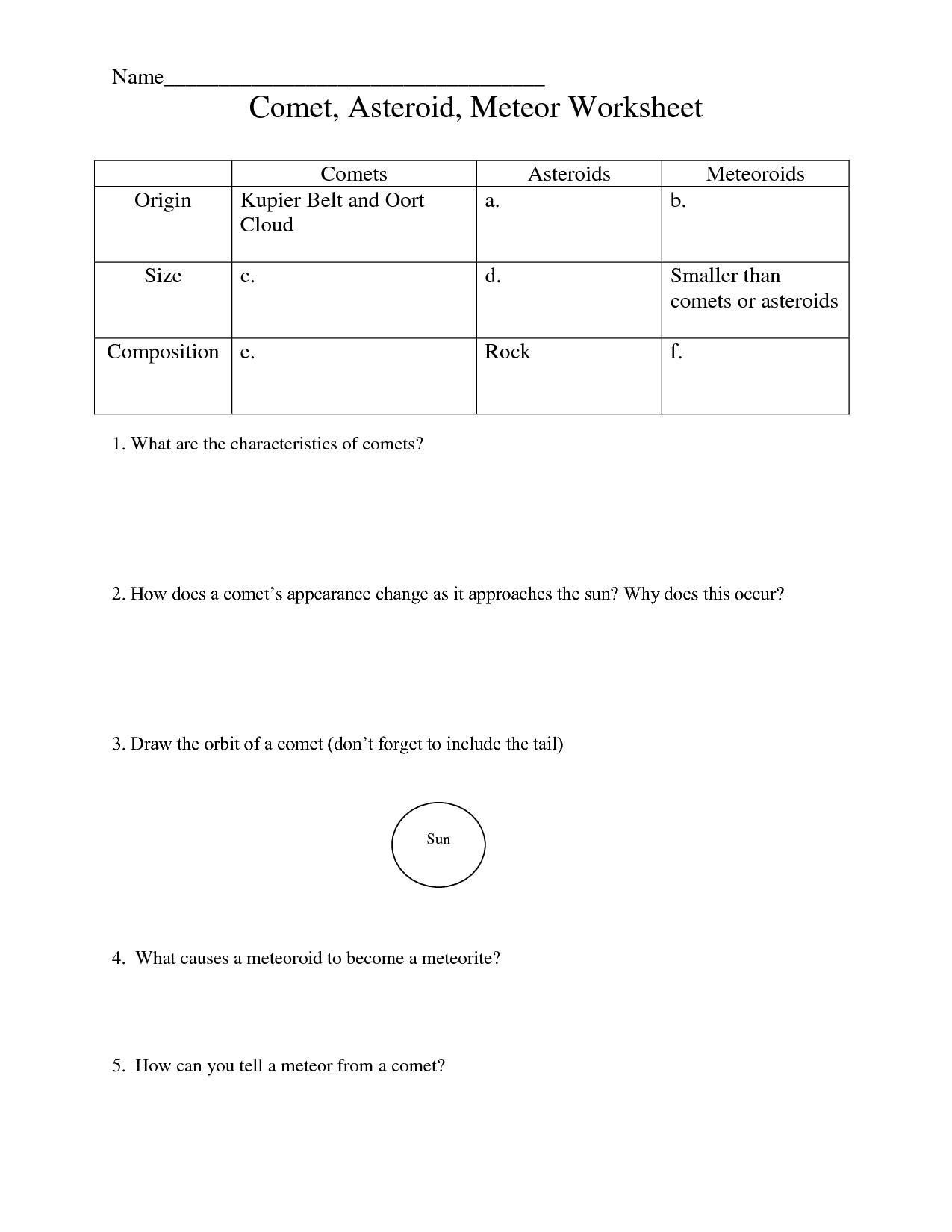



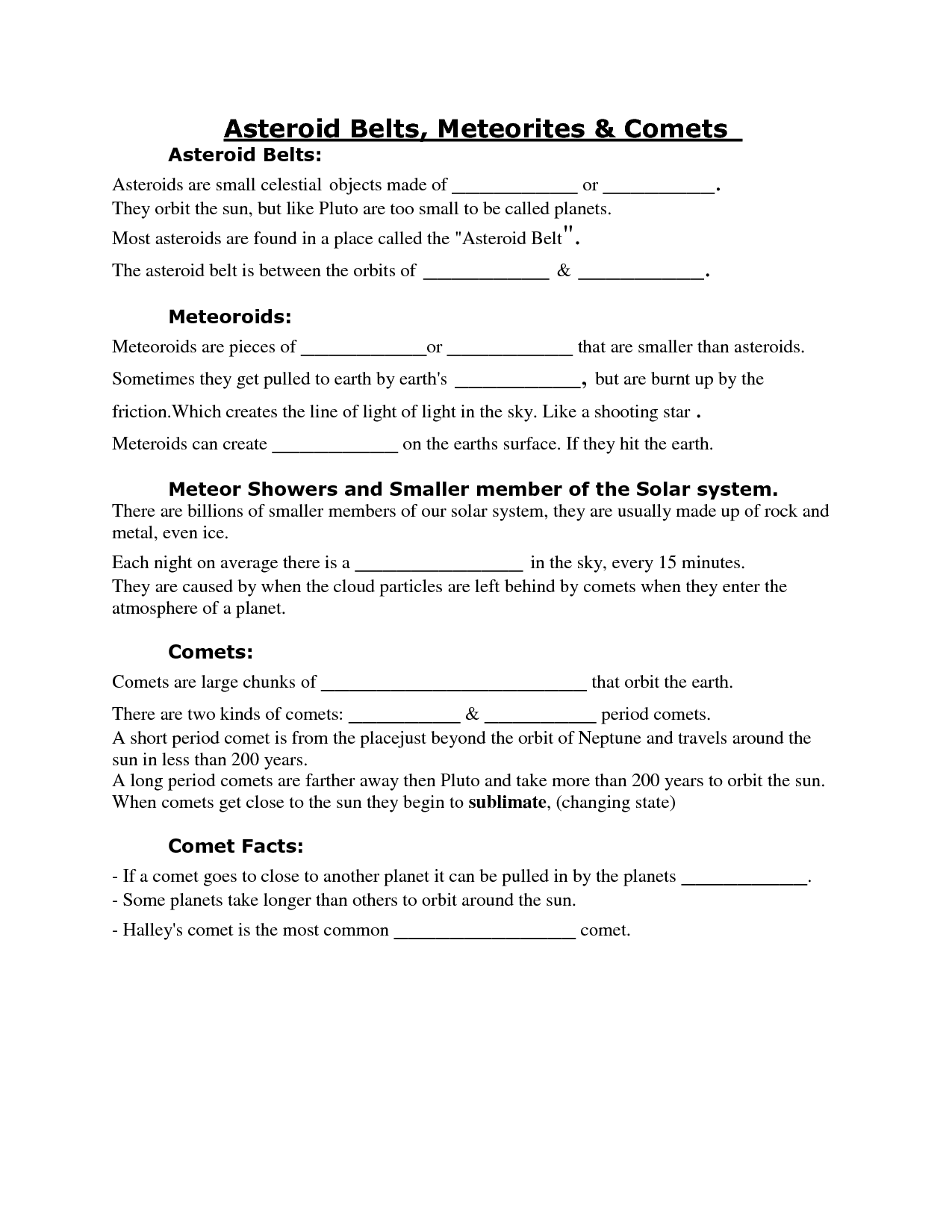
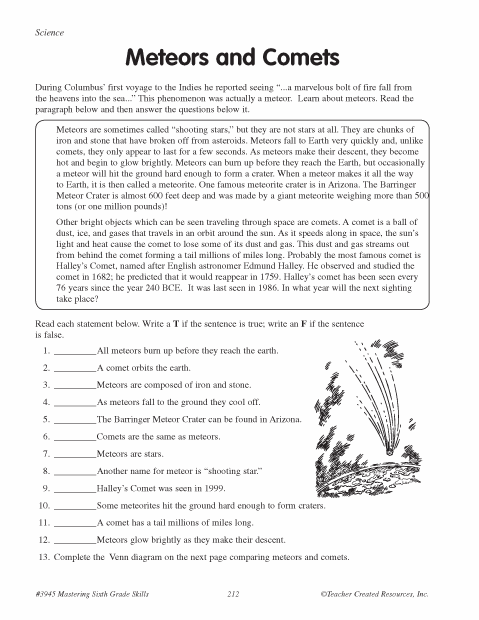
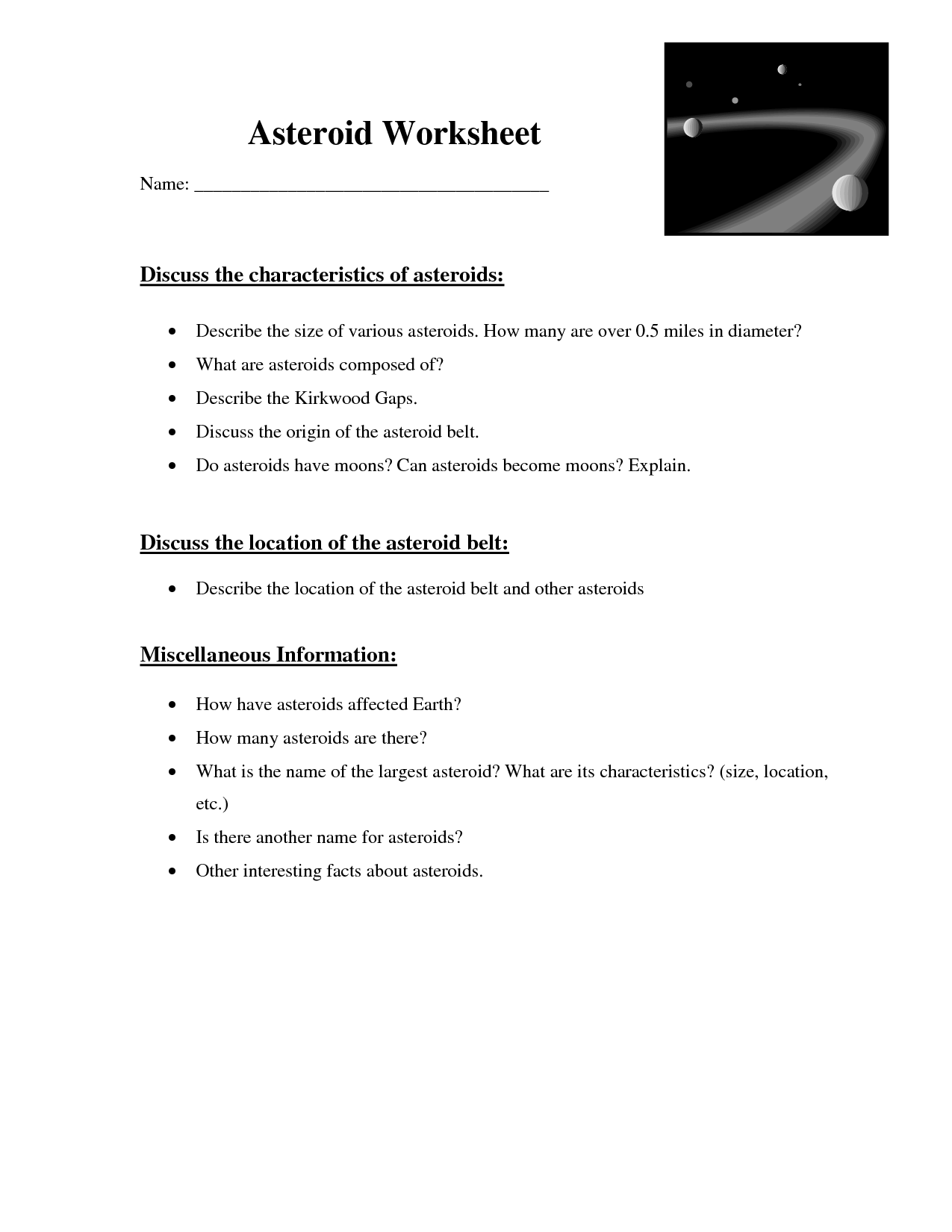

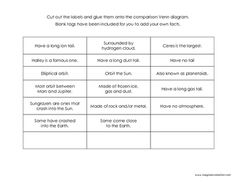
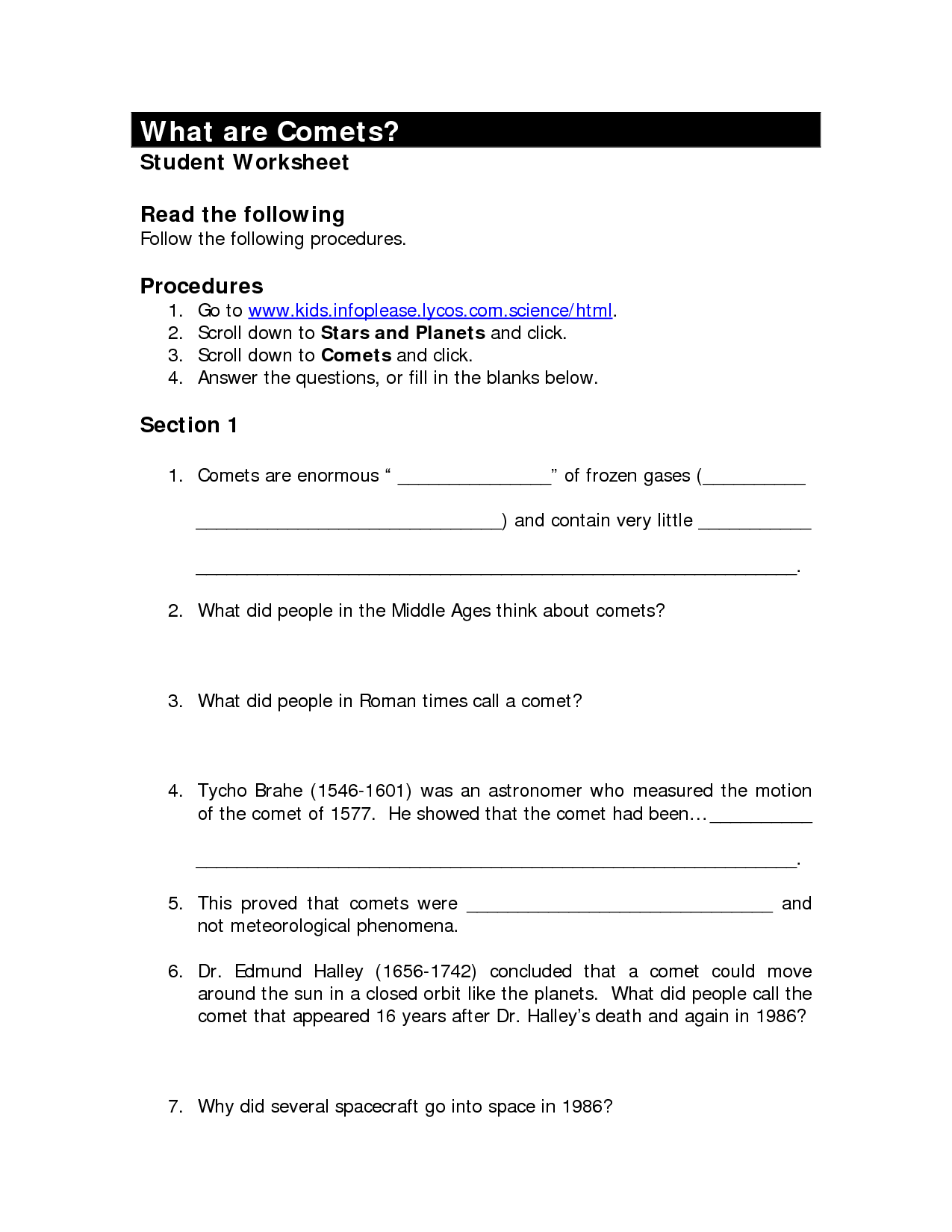
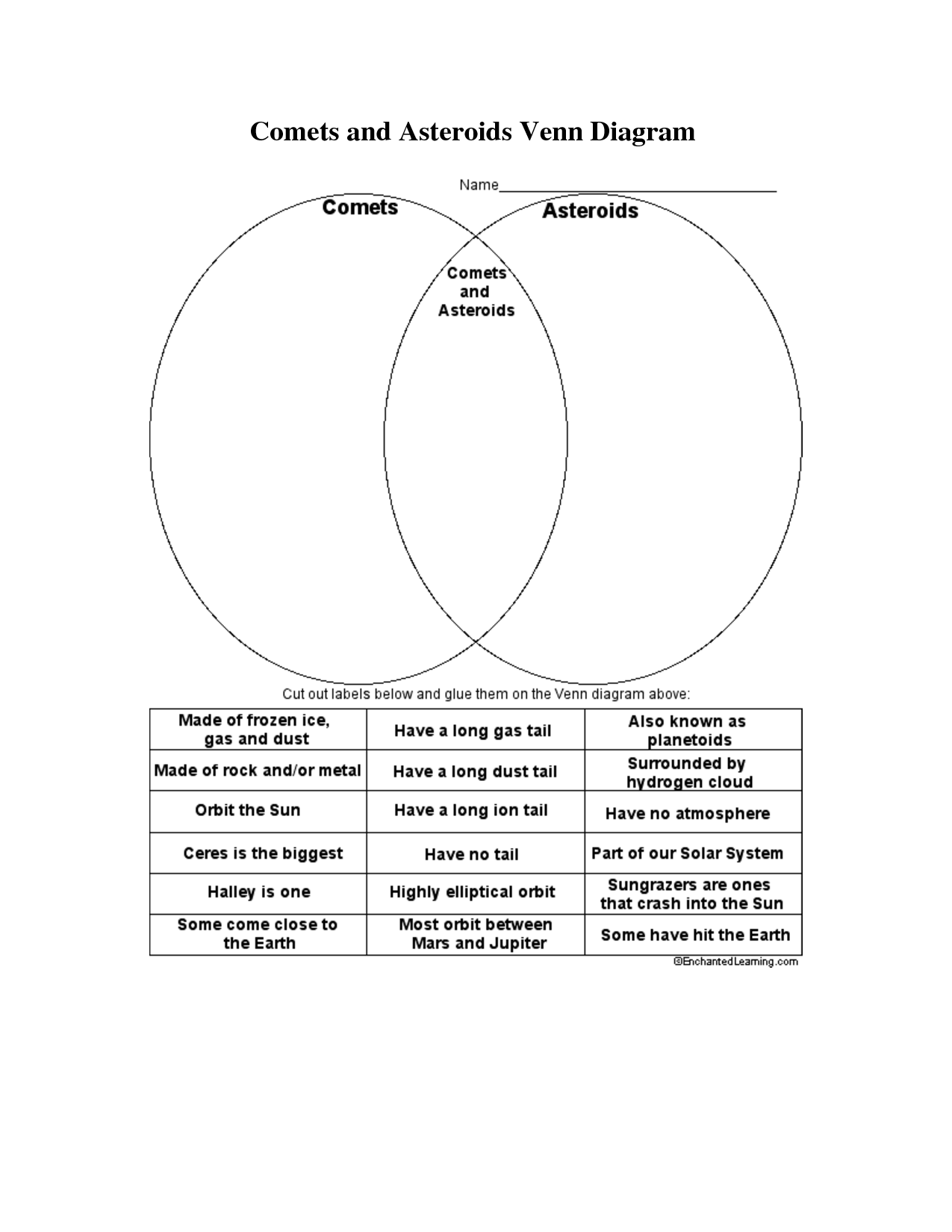
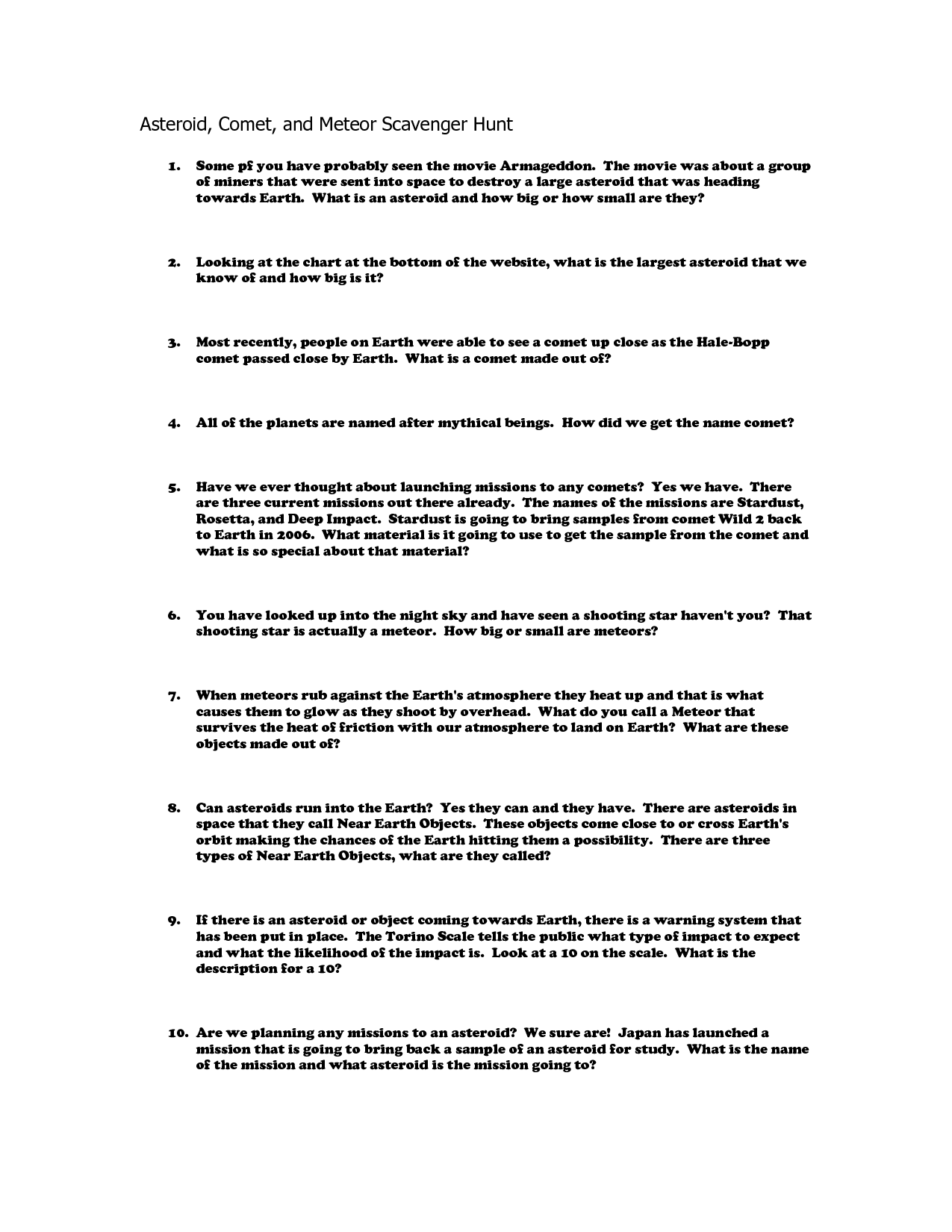
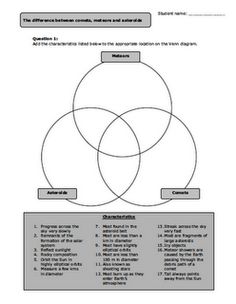
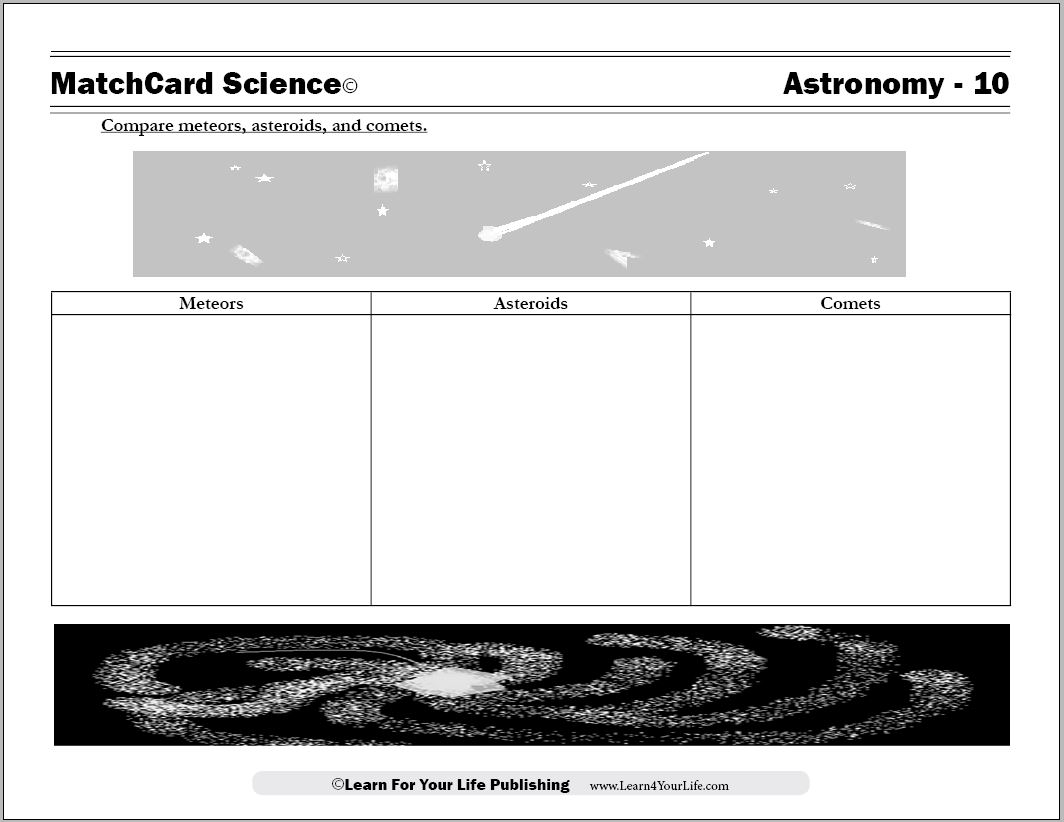
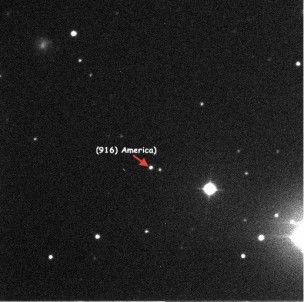














Comments